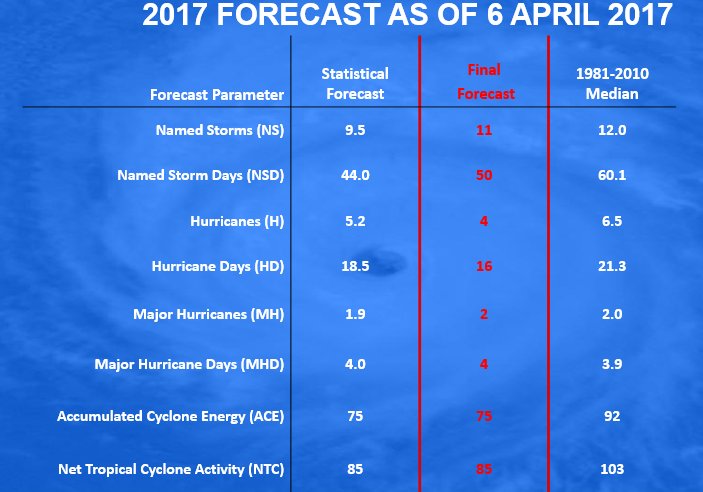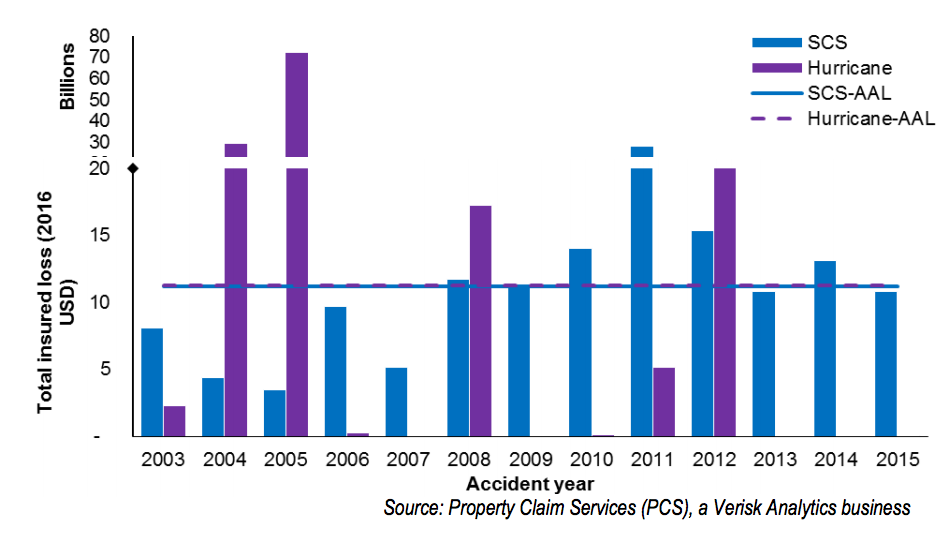PHILADELPHIA—At today’s RIMS 2017 Awards Luncheon, the society issued its top honors for achievement in the risk management and insurance industry.
Scott B. Clark, area senior vice president and enterprise risk management consultant at Arthur J. Gallagher & Co., received the society’s most prestigious honor, the Harry and Dorothy Goodell Award. Named after RIMS’ first president, the award recognizes outstanding service and achievement in furthering the goals of the society and the discipline of risk management.
Richard Hackenburg and Glen Frederick were this year’s inductees into the Risk Management Hall of Fame, presented in conjunction with AIG.
In his 45-year risk management career, including leadership roles at Willis and XL Insurance, Hackenberg’s received the 1993 Goodell Award and served as president of RIMS in 1985 and later as chairman of the Spencer Educational Foundation, where he remains a director emeritus.
Frederick, former director of risk management client services with the government of British Columbia, received the Goodell Award in 2011 and, the same year, the Donald M. Stuart award for outstanding contribution to the risk management profession in Canada. He served as chair of the RIMS Canada Council in 2006 and co-chair of the RIMS Canada Conference in 2003. Frederick’s 30-year career also included leading implementation of the enterprise risk management strategy for the Vancouver organizing committee (VANOC) and the International Olympic Committee (IOC) to manage risks associated with the 2010 Olympic Games—the first to use an ERM strategy, which is now required for all Olympic games.
“Industry heroes like Richard Hackenburg and Glen Frederick were selfless, giving back to the risk management community and paving the way for future practitioners,” said RIMS CEO Mary Roth. “It is an honor to join AIG in inducting these risk management stalwarts into the Risk Management Hall of Fame.”
The RIMS Rising Star Award, issued to risk management professionals who are under 35 or have less than seven years of experience in the industry, was given to William Lehman. An insurance specialist at Cook Group Incorporated, Lehman was recognized for demonstrating exceptional initiative, volunteerism, professional development, achievement, and leadership potential.
Debra Samuel, manager of insurance and risk management at Arconic Inc., was recognized for exceptional service to strengthen and support the strategic initiatives of RIMS with the RIMS Ambassadors Group award. This year’s Cristy Award for the highest marks on the three Associate of Risk Management exams went to Michael Ratto, risk procurement manager at Kraemer North America.


